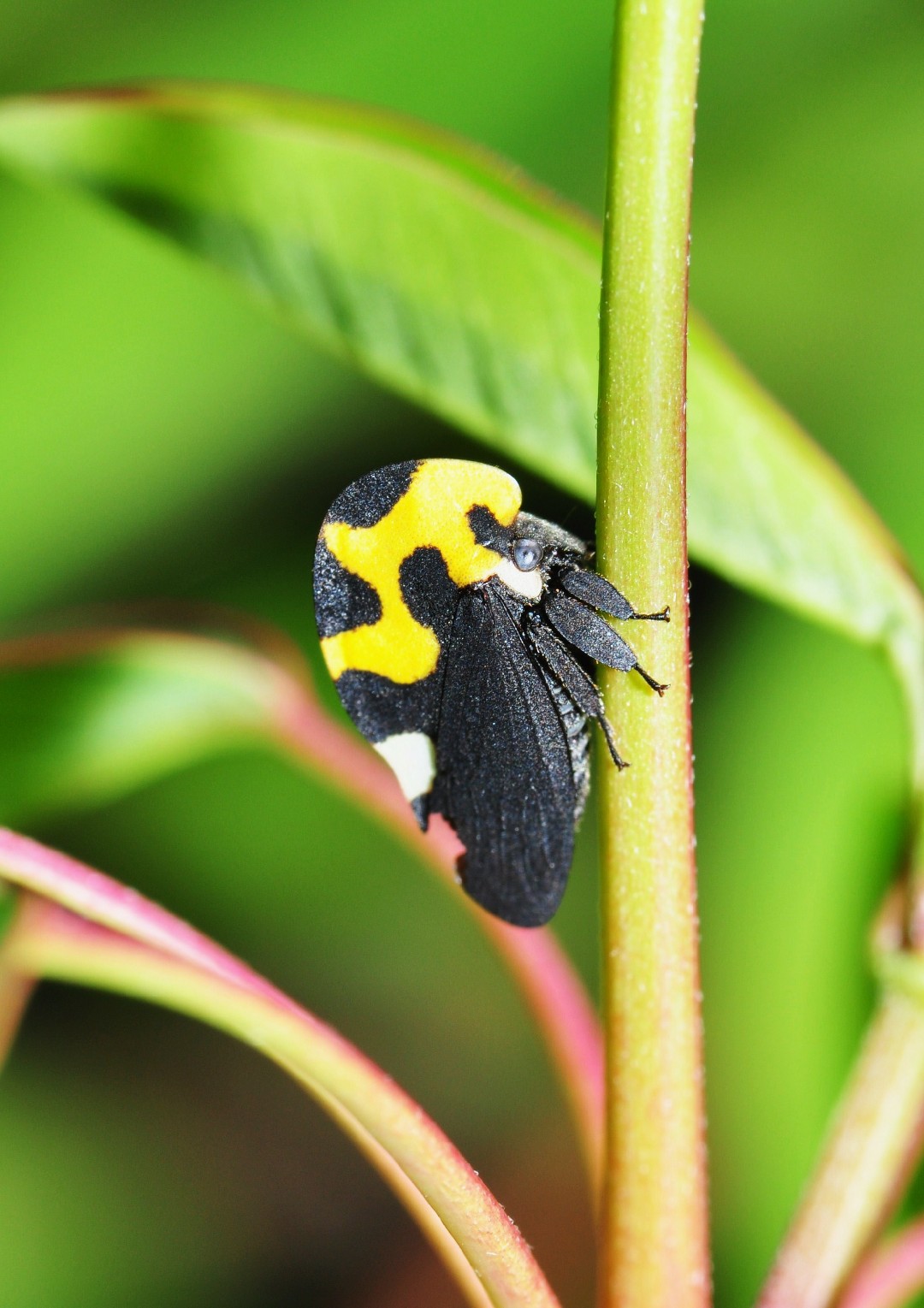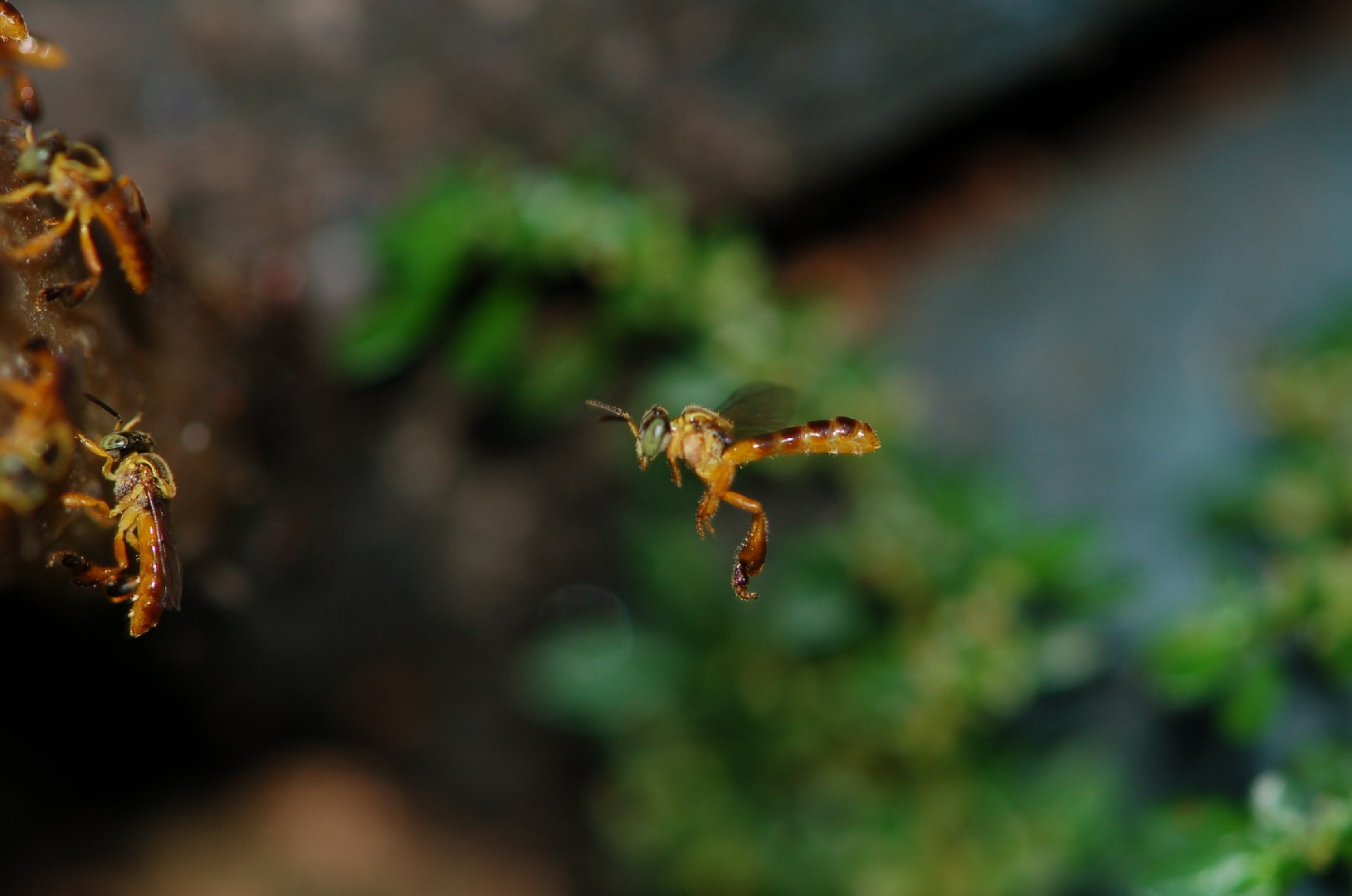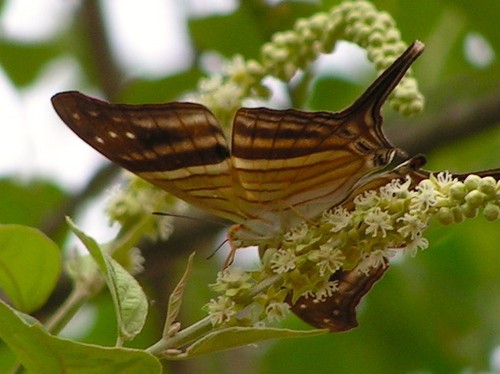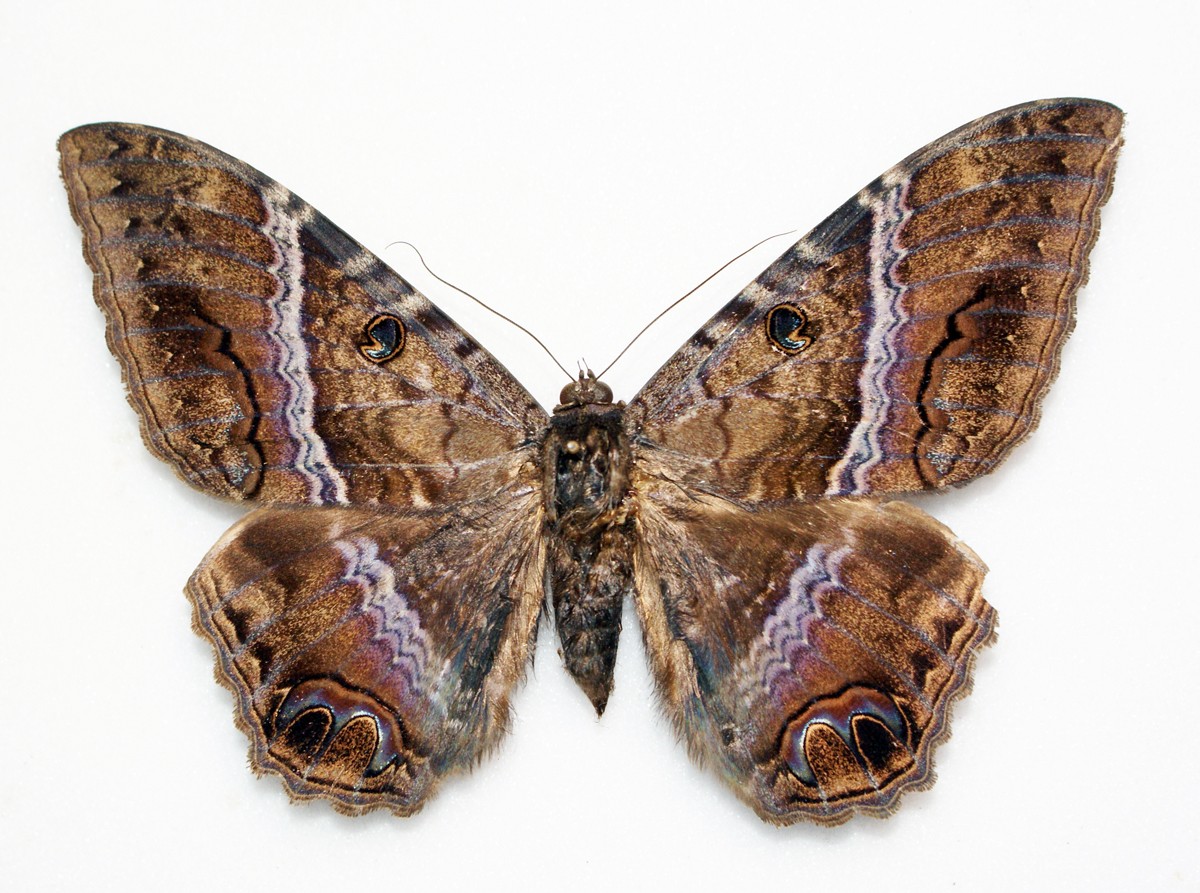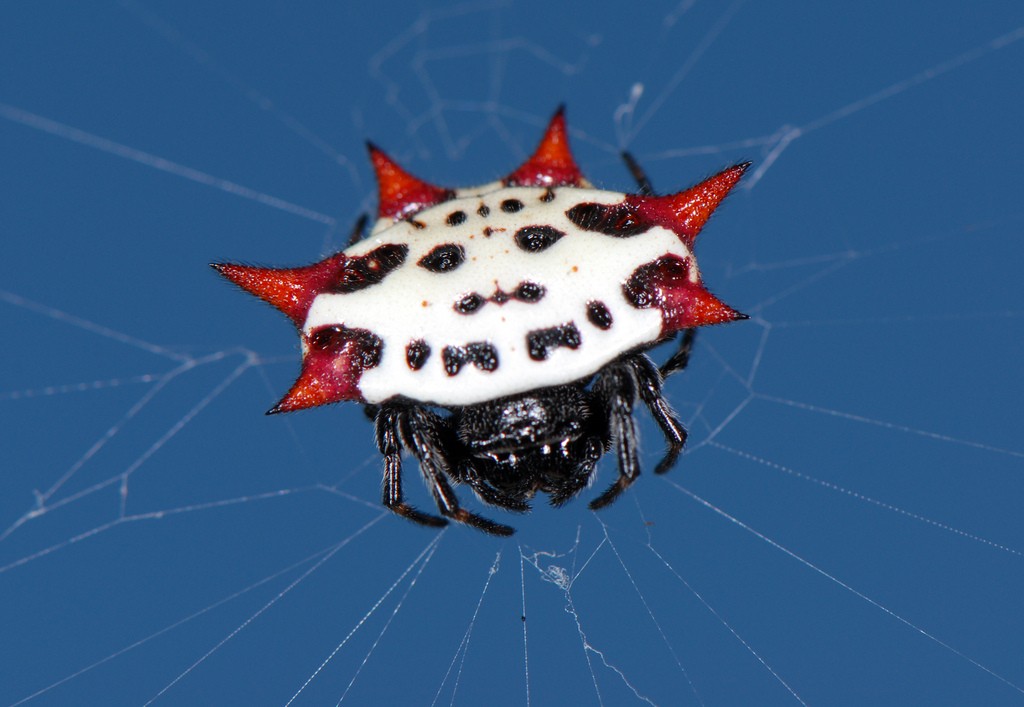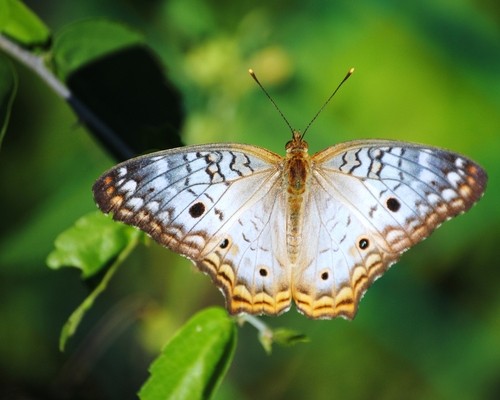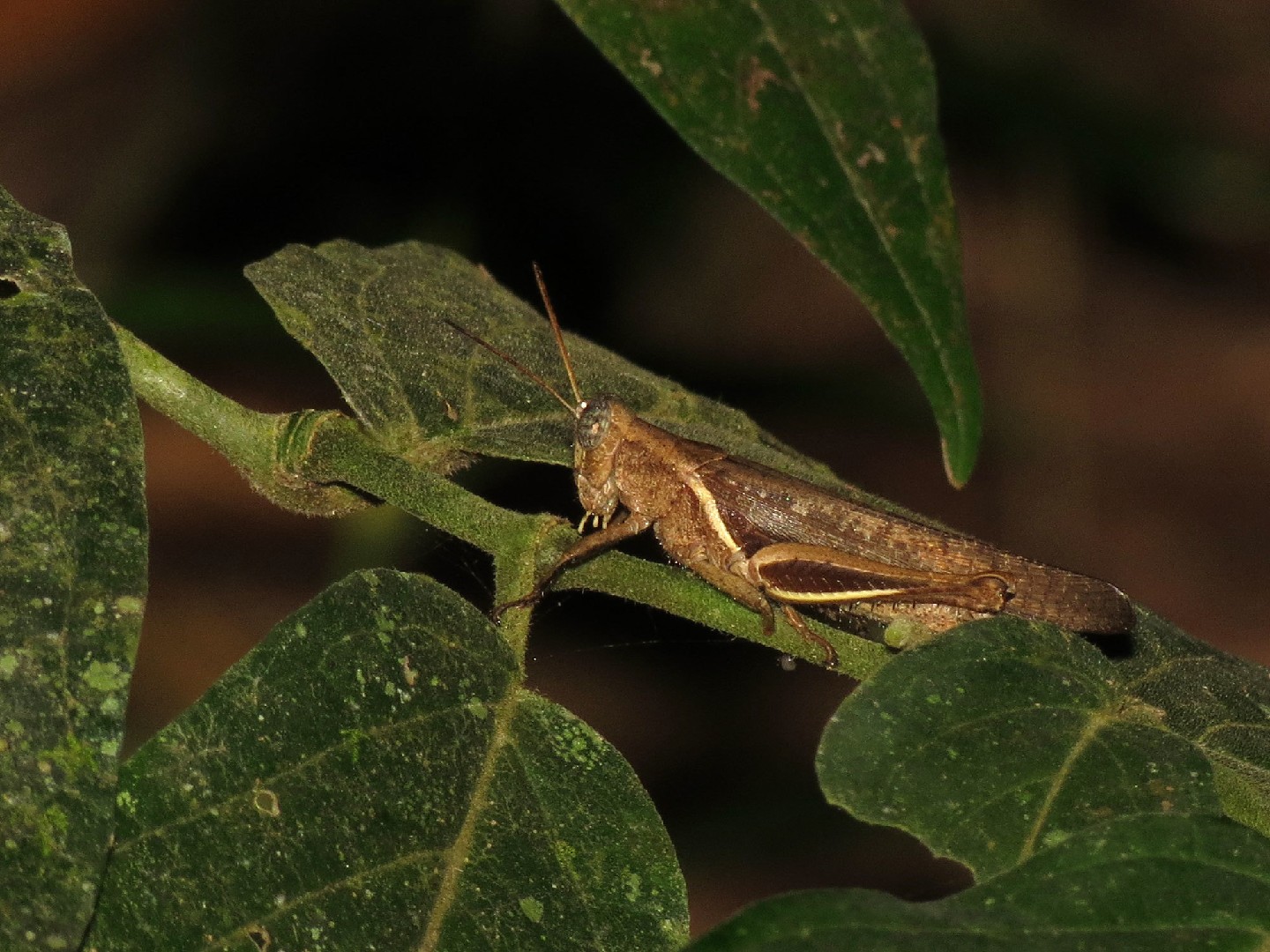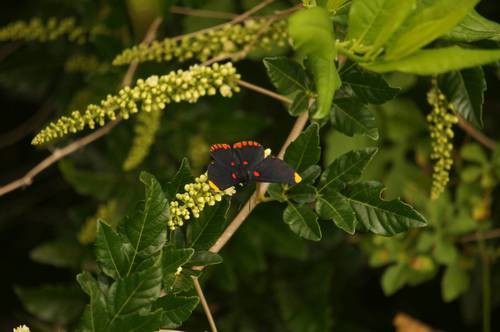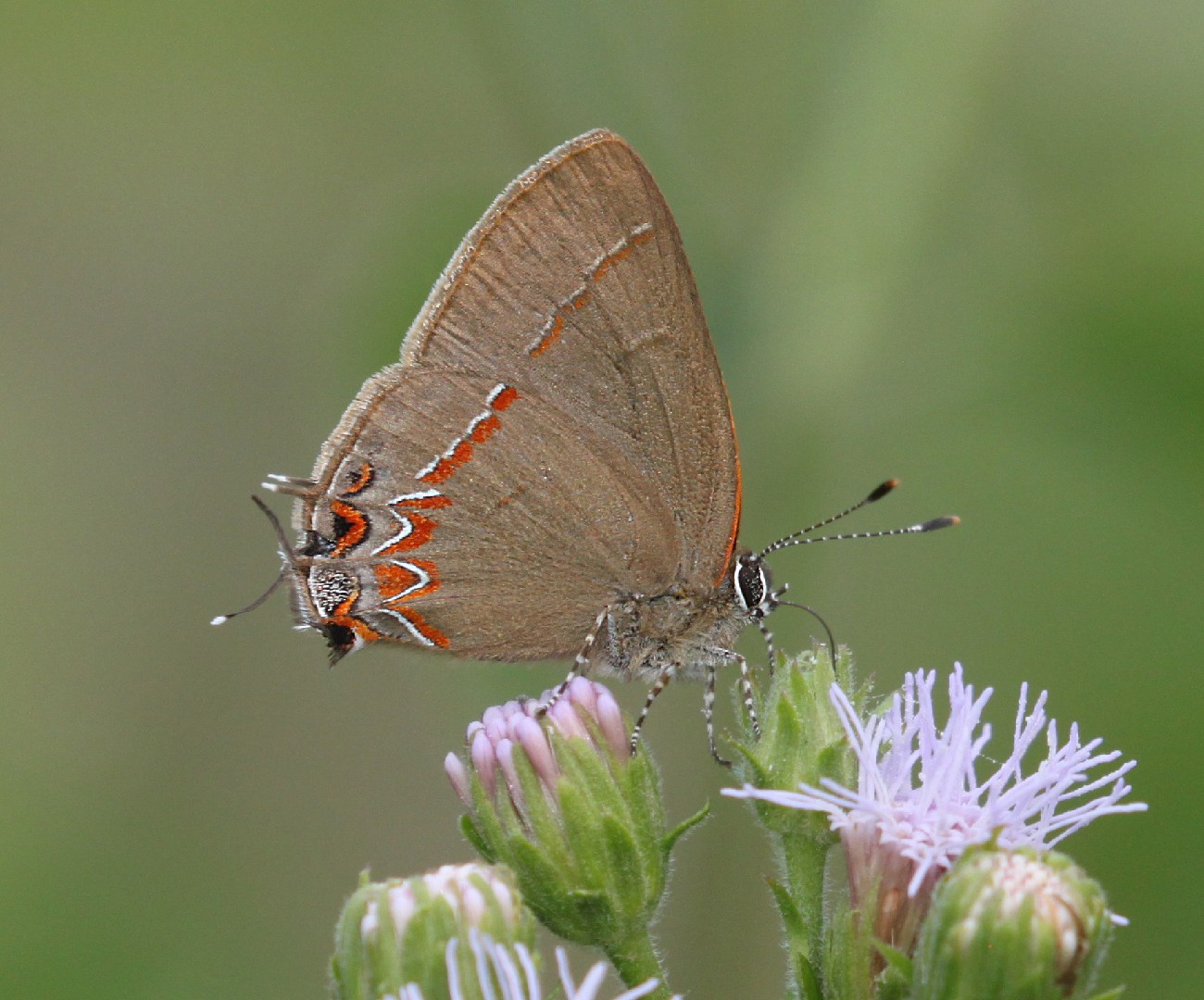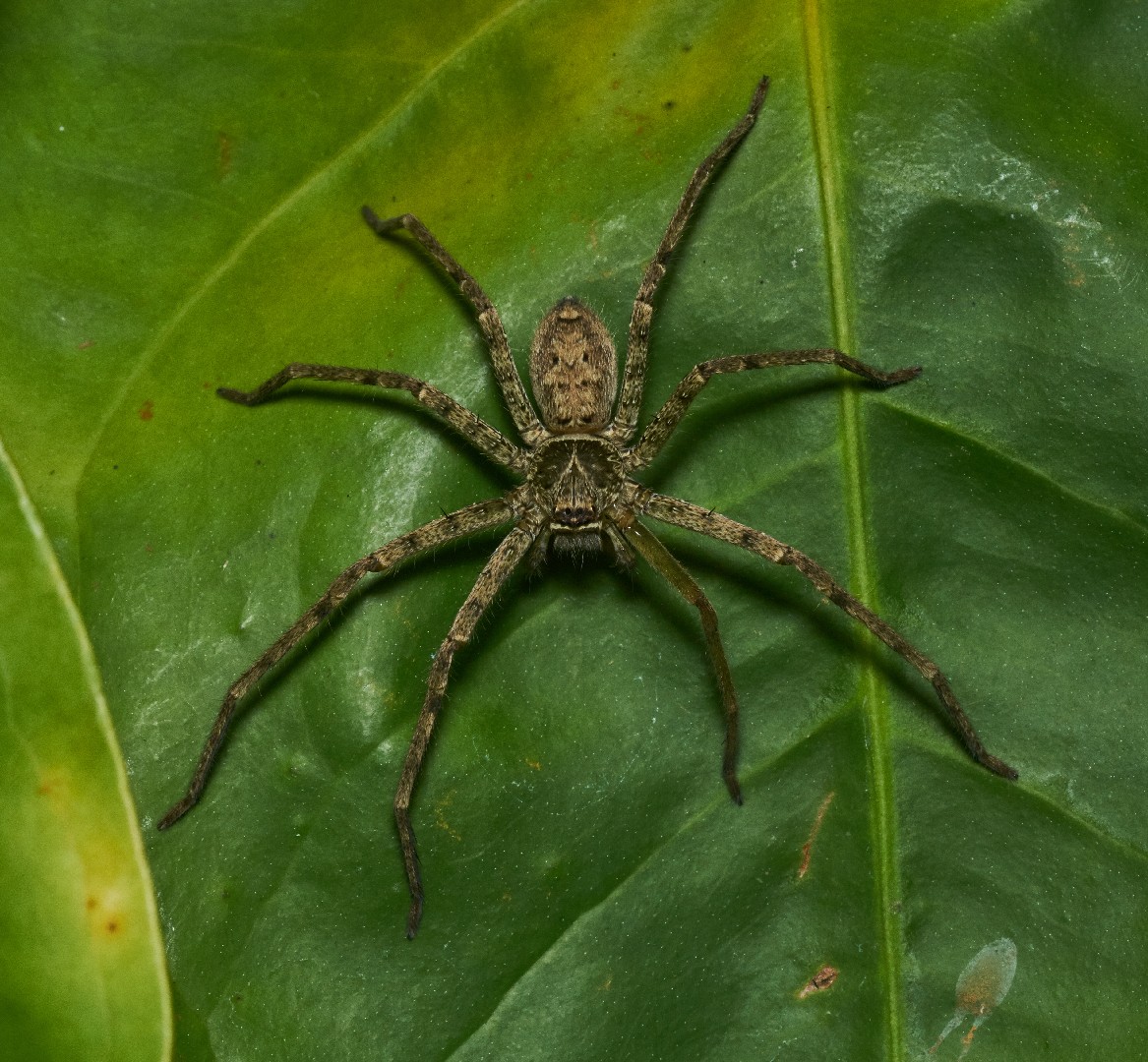Top 20 Most Common Insects in Guatemala
Insects, with their distinct features and myriad habitats, populate every corner of Guatemala, displaying a captivating diversity. The multitude of insects found can vary vastly, based on geographic and climatic conditions, local ecosystems, and human activities. The thriving insect life of Guatemala illustrates a crucial relationship between a nation's environment and its inhabitants, with each insect playing the role of both pest and helper. Stay tuned for our Top 20 most common insects in Guatemala.
Most Common Insects
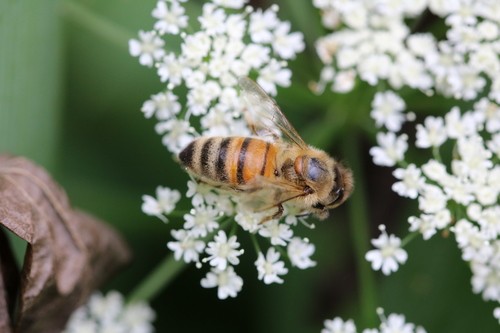
1. Western honey bee
Western honey bee(Apis mellifera) is the most common species of honeybee in the world. Among the first domesticated insects, its cultural and economic impact on humanity has been vast and far-reaching, providing honey, wax and its services as a pollinator. Western honey bee faces challenges worldwide, such as colony collapse disorder, and populations are thought to be decreasing.
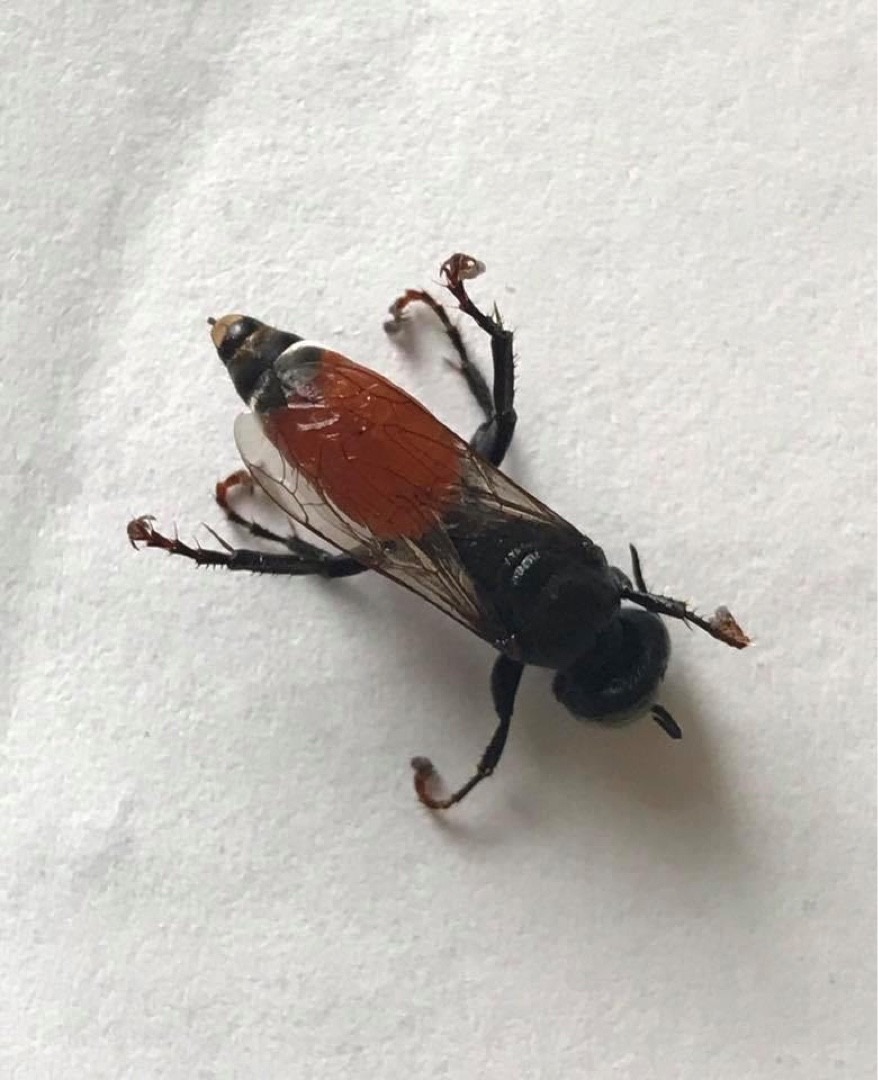
2. Fox-colored stingless bee
The fox-colored stingless bee (Trigona fulviventris) primarily feeds on pollen and nectar, but it has also been known to feed on fungi and dead animals. It builds its nest on the ground near the roots of trees, and it stores nectar and pollen inside. It can be aggressive, so it will attack and bite small arthropods that invade its nest.
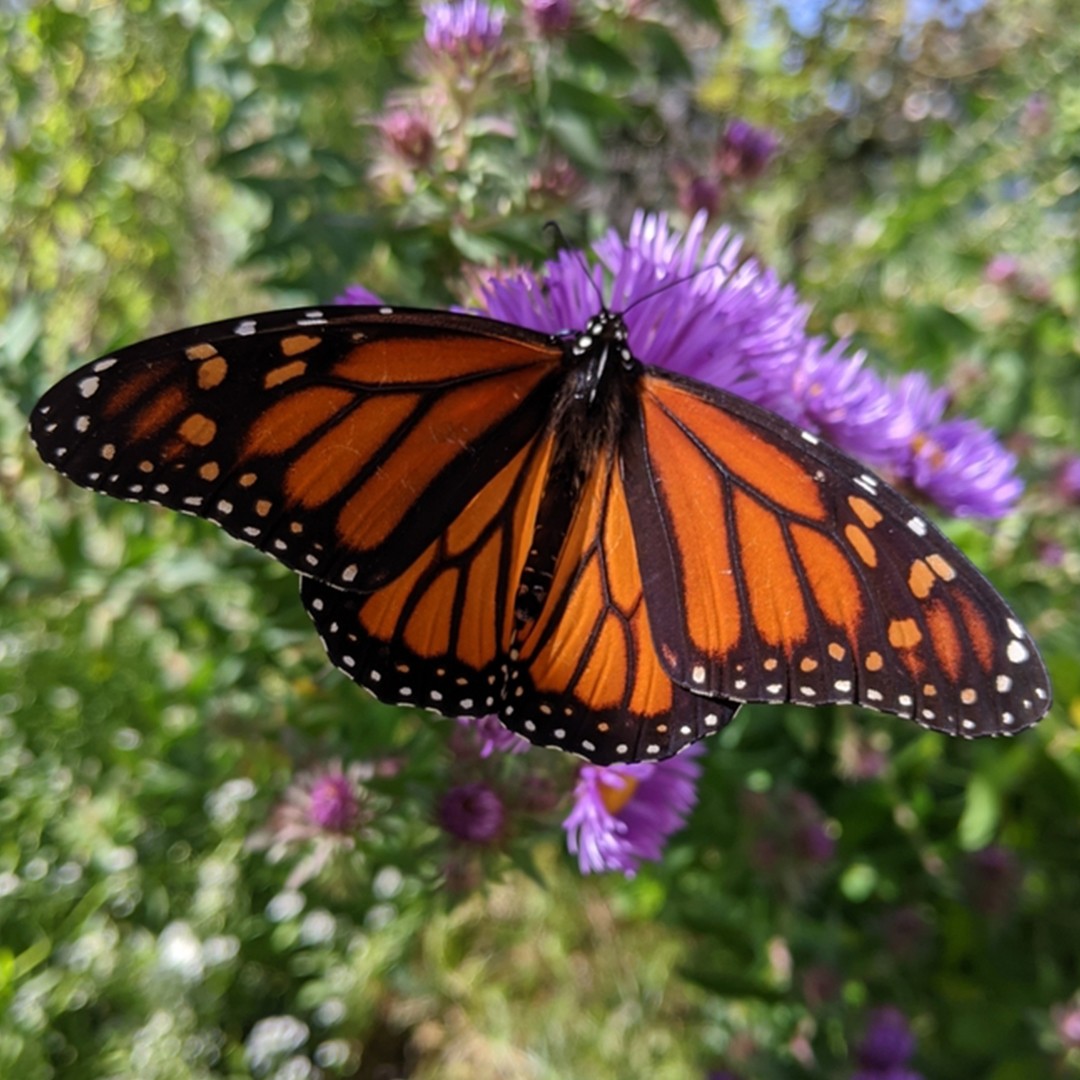
3. Monarch butterfly
The monarch butterfly (Danaus plexippus) is the most recognizable butterfly in North America. It is best known for its appearance, but should be better known for the fact that it has a 3000-mile migration that takes the butterfly 4 generations to complete. Their diet is also a natural deterrent for predators, as they eat milkweed, a poison that induces vomiting.
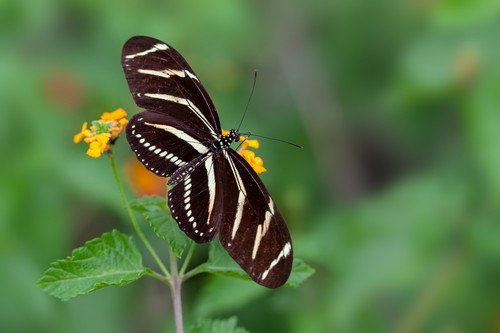
4. Zebra longwing
The zebra longwing (Heliconius charithonia) is a beautiful butterfly that has a texture resembling a zebra. They feast and pollen and nectar, using the pollen to produce chemicals that poison predators if they are eaten, deterring most predators from attack. Unfortunately, their populations have been decimated after being caught in the crossfire of sprays meant to control mosquitos.
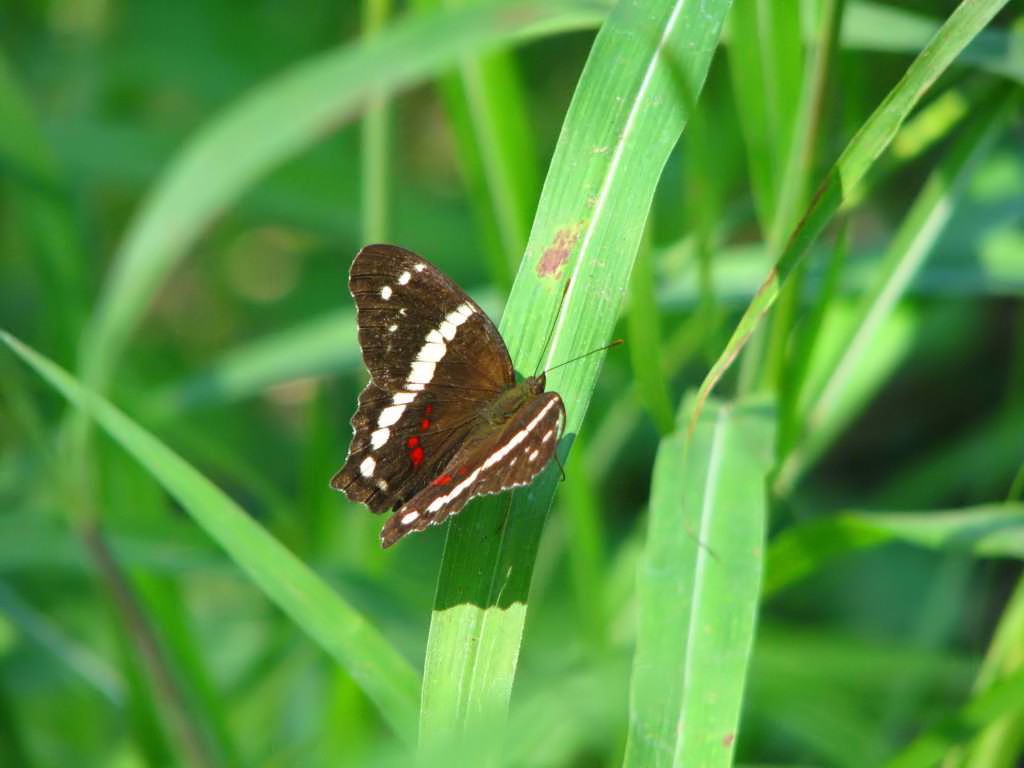
5. Banded peacock
The wingspan of the moths is 60 to 70 millimeters. The basic color of the wings is black-brown to black. On the front wing top, a white, sometimes yellowish bandage extends through the Diskalregion, which continues on the hind wings. Near the apex, some small whitish spots are highlighted. The hind wings show some striking red, sometimes orange spots. The tail at the Analwinkel are very short. All wing bottoms show similar drawing elements as the tops, but these are paler and weaker.
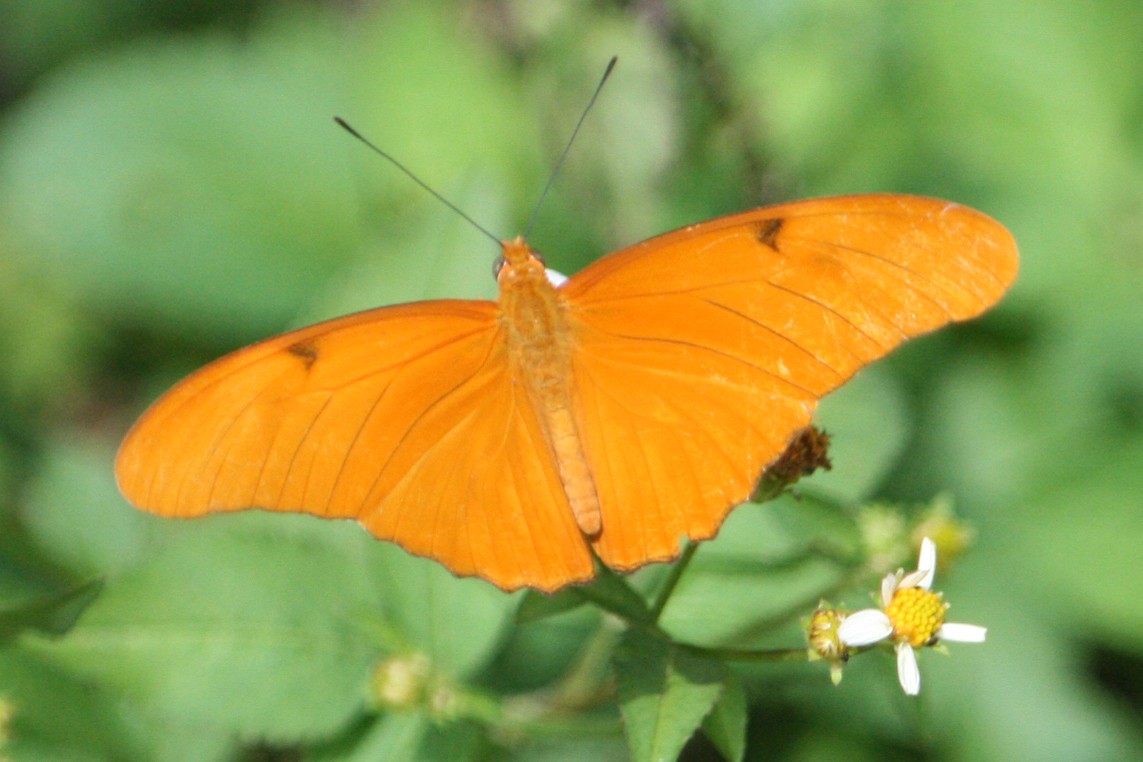
6. Julia heliconian
The julia heliconian feeds on nectar, with the passionfruit vine being a common host plant. The males will suck fluid from mud and decomposing plant matter to gain essential minerals, and they sometimes irritate the eyes of caimans and turtles in order to suck the tears they produce.
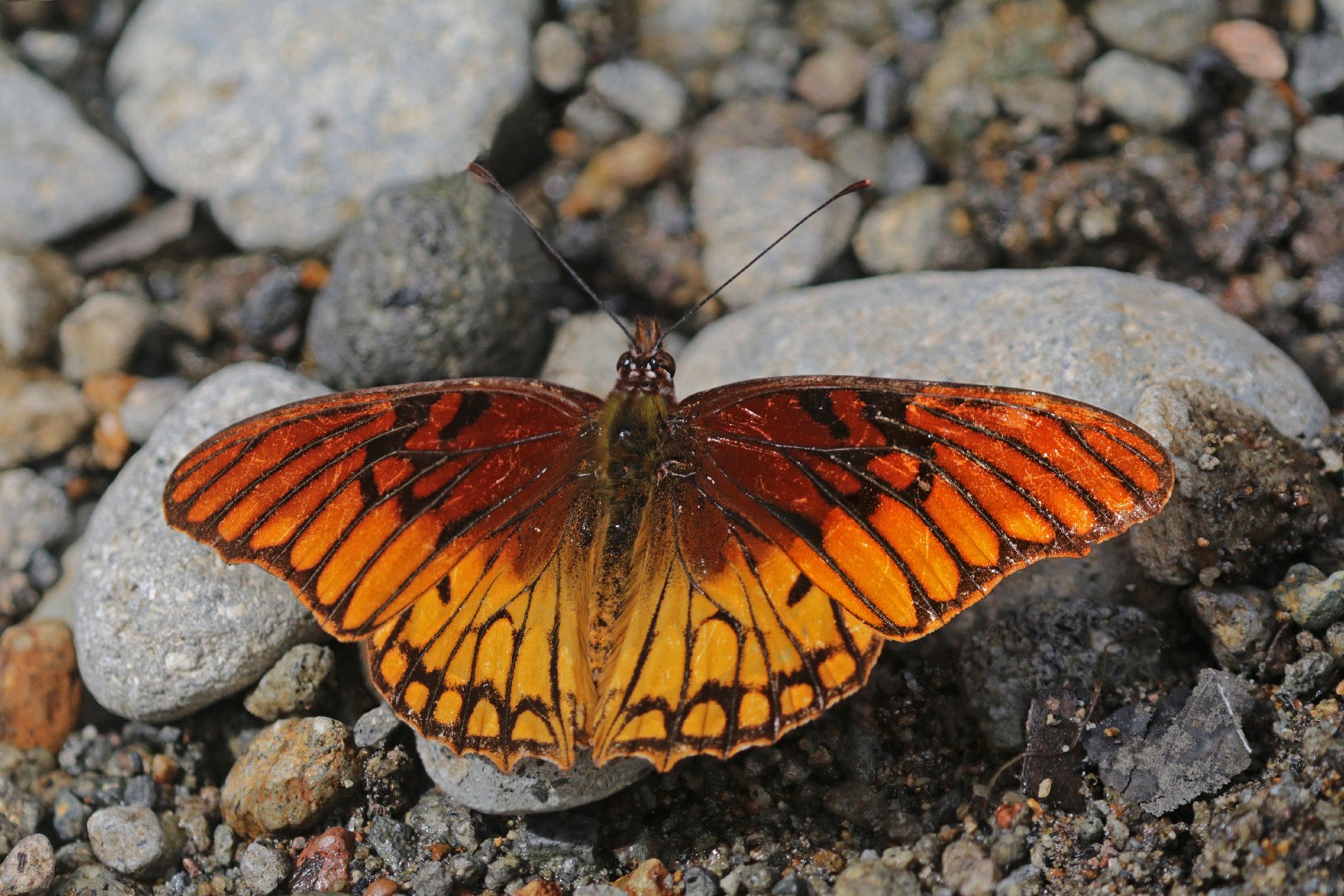
7. Mexican silverspot
Dione moneta is a butterfly from the Nymphalidae family. The scientific name of the species was first validly published in 1819 by Jacob Hübner.
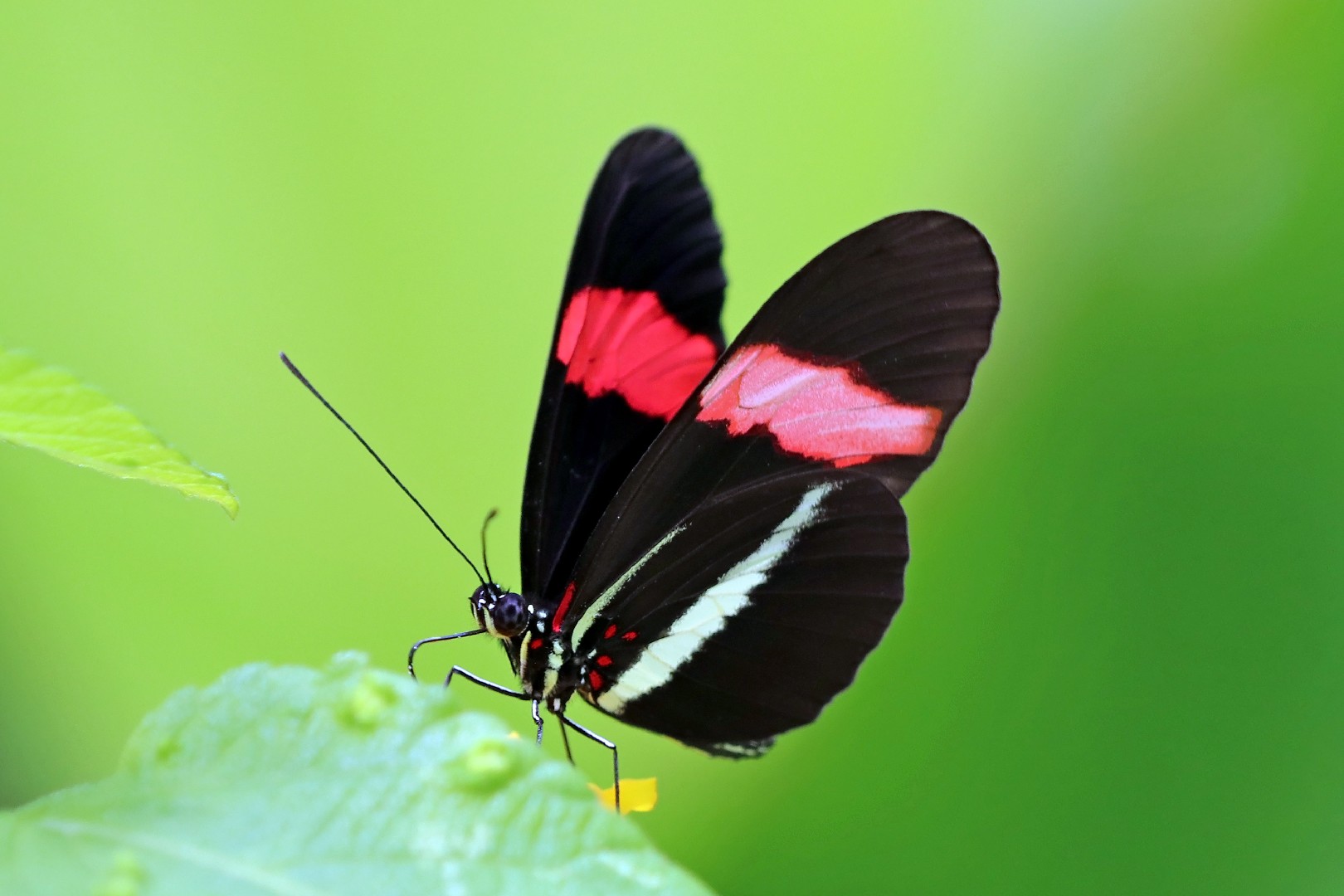
8. Red postman butterfly
The red postman butterfly (Heliconius erato) is a beautiful black and white butterfly that is a skilled actor. It exhibits mimicry to resemble a butterfly similar to the Common postman to deter predators. Also, its favorite host plants are passion flowers. But it has been known to be picky about the quality of the flower.
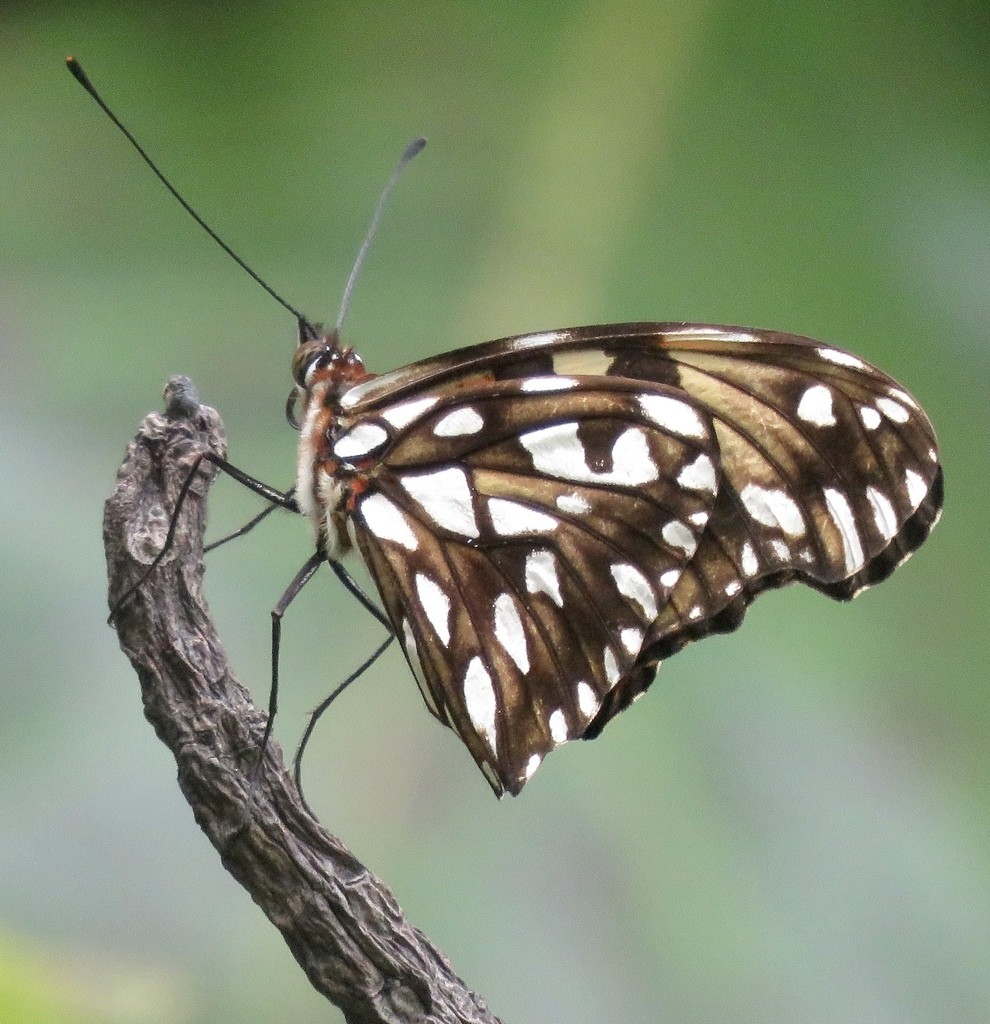
9. Juno longwing
Dione juno, the Juno silverspot, juno longwing, or Juno heliconian, is a species of butterfly of the subfamily Heliconiinae in the family Nymphalidae found from southern United States to South America. 

10. Multicolored asian ladybeetle
Often confused for the ladybug, multicolored asian ladybeetle (Harmonia axyridis) is a separate species that, unlike the ladybug, is a household pest. It is considered particularly annoying for its habit of returning to places from which it is removed. One of the most variable species in the world, there are many different colors and patterns multicolored asian ladybeetle may display, making identification potentially difficult.
More
